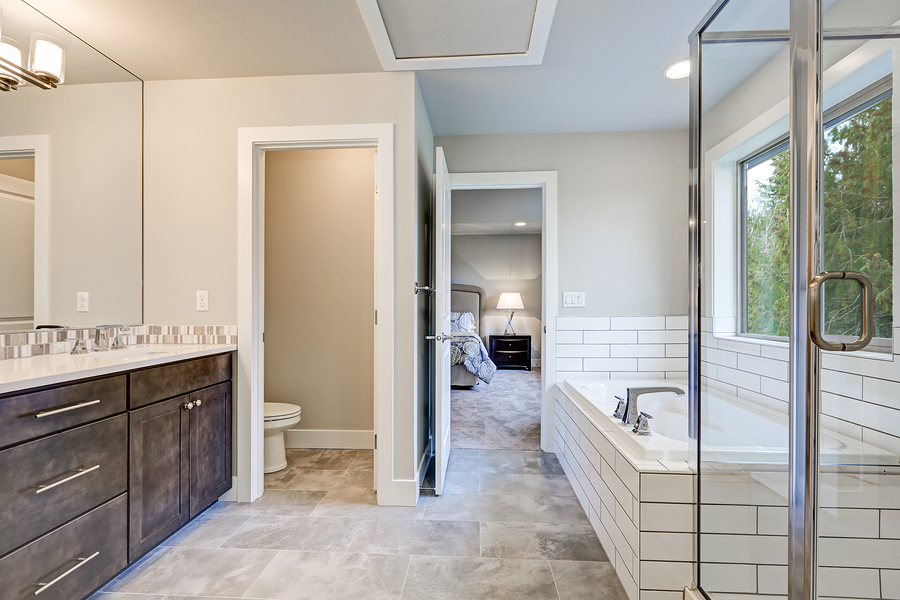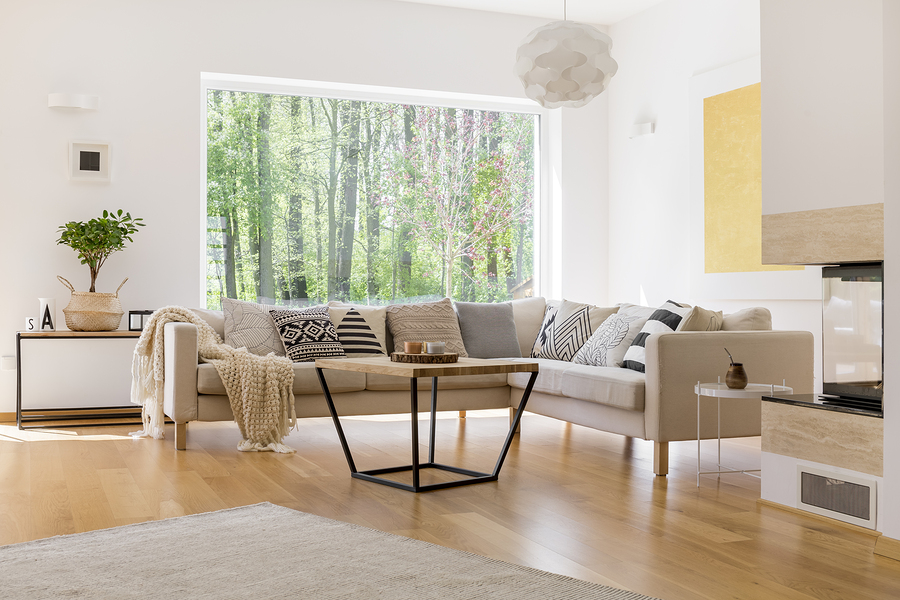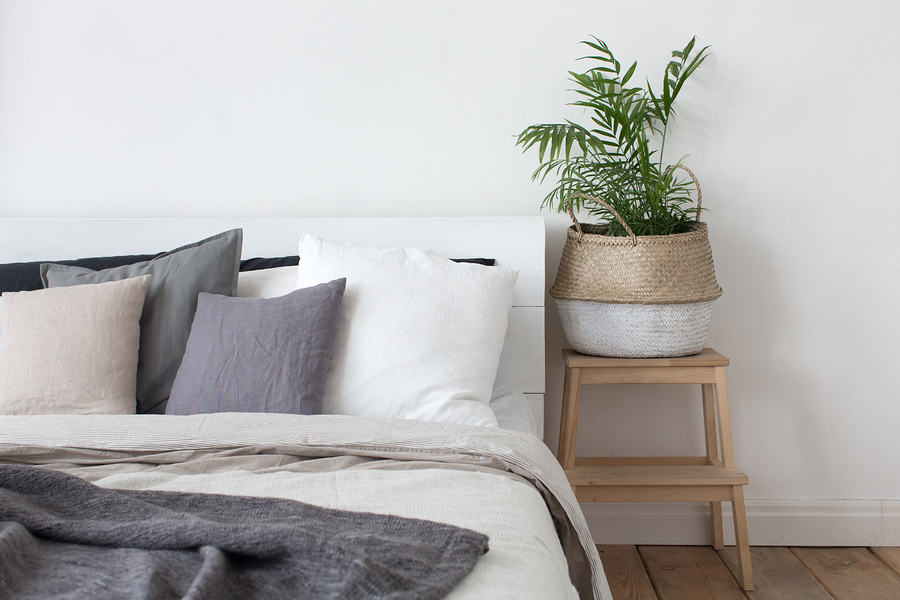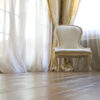As spring is now but a little over a month away, it means that the time for allergies is nearly upon us.
Whether you’re a sufferer of sneezes, watery eyes, or a scratchy throat, there’s nothing worse than being in your home while suffering from allergies.
That said however, there are preventions that you can make that will help soothe those splutters and wheezes:
Tackle dust mites with new flooring in the living room
Dust mites are one of the most common cause of allergies in the home and can be found in household dust.
Many of them can be found living in carpets, which is where they will leave droppings that are also a major cause of allergies.
Hardwood flooring throughout the home, including engineered wood flooring, and luxury vinyl flooring can help eliminate dust mites, dirt, pollen, and animal dander.
You can also eliminate dust mites by regularly cleaning cushions, furniture, and bedding.
Fight mould in the bathroom
There are over 100,000 species of mould in the world and many of them can be found in every day bathrooms.
You can ensure to limit the growth of moulds by cleaning it regularly, ensuring that all areas are dry after use, and that there is no water left collecting.
It’s also worth caulking sinks and bathtubs every few years to ensure that all seals are fit for purpose.
If you happen to be suffering from black mould and mildew in your bathroom, here is a particularly good article about getting rid of it.

Invest in hypoallergenic bedding for the bedroom
Allergies can affect how you feel at all times during the day, and perhaps even more so when you sleep, so it’s always worth buying hypoallergenic bedding and washing them in water heated to at least 54°C once a week.
It’s also worth avoiding wool and replacing feathered bedding with synthetic materials.
When it comes to bedroom windows, it’s best to keep them closed during spring if you can and pay attention to any mould and condensation around the window frames and sills.
Synthetic fabric curtains or ones made of cotton are always best for bedrooms for sufferers of allergies.
Ensure you have the right plants in the living room (if any)
There’s nothing at all wrong with having beautiful plants in your living room — unless someone in your family happens to suffer with allergies.
There are a few worst offenders when it comes to house plants including Junipers (Bonsai trees), as they can irritate those with allergies when brought inside.
Junipers tend to cause rashes if the skin happens to be pricked during watering or pruning, so it is advised that gloves are warn while looking after the plant to decrease the chance of allergic reactions.
Indoor palm trees can also cause flare-ups, especially if the plants happen to be male, as they shed heaps of pollen during particular seasons.
If you are set on buying a palm tree for the home, speak to your local florist about buying a female plant.
There are also a range of low allergy houseplants that you can buy that will even collect pollen and other pollutants.

Contact us here for more information about the best kind of flooring for allergy sufferers in your home.


